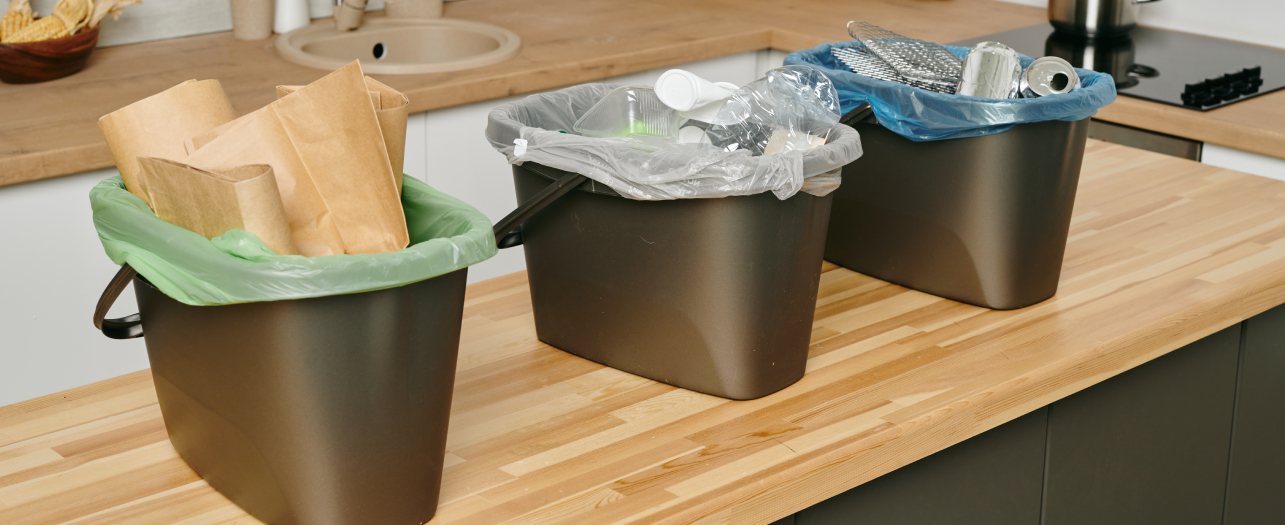The humble and ubiquitous garbage bin has a vital role to play in how we manage waste, dispose of it properly, and even recycle. Now, talking about recycling, you may have already heard about wet and dry garbage bins and waste segregation at source in order to enable better community recycling by the authorities. However, will you be surprised if you learn that the placement of trash bins has a major impact on our recycling and waste management habits in general? Let us look at this aspect briefly in this article.
Why the Placement of Garbage Bins Matters Immensely
The placement of garbage trolleys or bins matters immensely since most environmental issues are closely linked to human behavior. Tackling these problems requires widespread behavioral changes above everything else. You can raise awareness and build pro-environment intentions, but behavioral changes are hard to come by in many cases. Many experts believe that another approach can be positive and subtle manipulation of the physical and surrounding environment towards filling up these gaps between intentions and behavior and boosting recycling habits across communities.
To make recycling easier for everyone, an easy step is to make recycling garbage bins more accessible at the point of human behavioral decisions. They can be positioned right next to waste bins or regular garbage trolleys for this purpose. Gradually shifting the waste bin away from this point may promote more recycling although it may backfire on the community if the rate of recycling contamination goes up in turn. Another aspect here is to provide people more information at the point of recycling through educational material affixed to the bins or surrounding zone in a non-intrusive manner.
Proximity and simplification of recycling behaviors is likely to achieve the desired objectives. The relative position of garbage bins and recycling bins will change what the environment affords to individuals and will influence their decisions on whether they should recycle or not. More homes prioritize recycling when they find these bins on the curbside or nearby vantage points. More office professionals recycle paper when these recycling bins are situated within the offices. The same is true for public areas when the bins are positioned in a more accessible manner. Recycling prompts or informational media can be included with these bins to make it easier for people to gain more information and understanding about the process. This can be done through signs, posters, and even recordings at strategic places. The need of the hour is positioning recycling bins in high-traffic zones and places where littering rampantly takes place. This will have a huge impact on recycling initiatives throughout communities. Buildings, parks, and other places are not as likely to hold onto recycling items for longer durations. Hence, the risks of contamination increase when there are no bins or disposable sites nearby. Clear prompts are also necessary to nullify errors where people mistakenly dispose of garbage in recycling bins.

Summing Up
Going by the above-mentioned behavioral prompts and positioning strategies for garbage bins, it is important to understand the simple principle of accessibility. Narrowing the distances between waste and recycling bins will automatically encourage a cleaner environment.
It will have a positive impact on recycling habits in turn. As a result, more people will use recycling prompts to understand which bins to use and which materials to put in for recycling. This will also lower the risks of recycling contamination in turn. Authorities and owners of buildings and other venues should follow these strategies and focus on the proper placement of garbage bins and garbage trolleys for a more sustainable and healthy environment.


